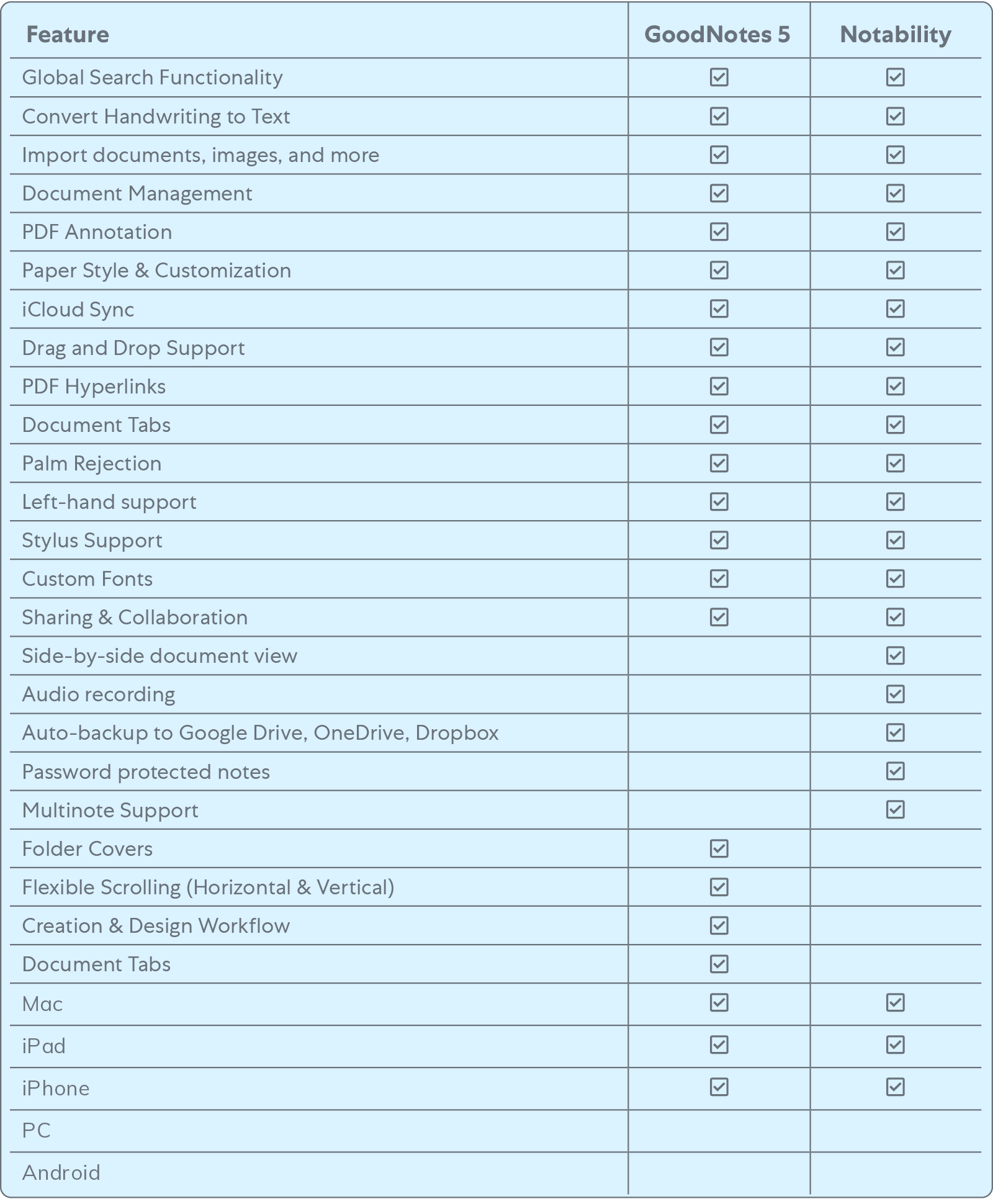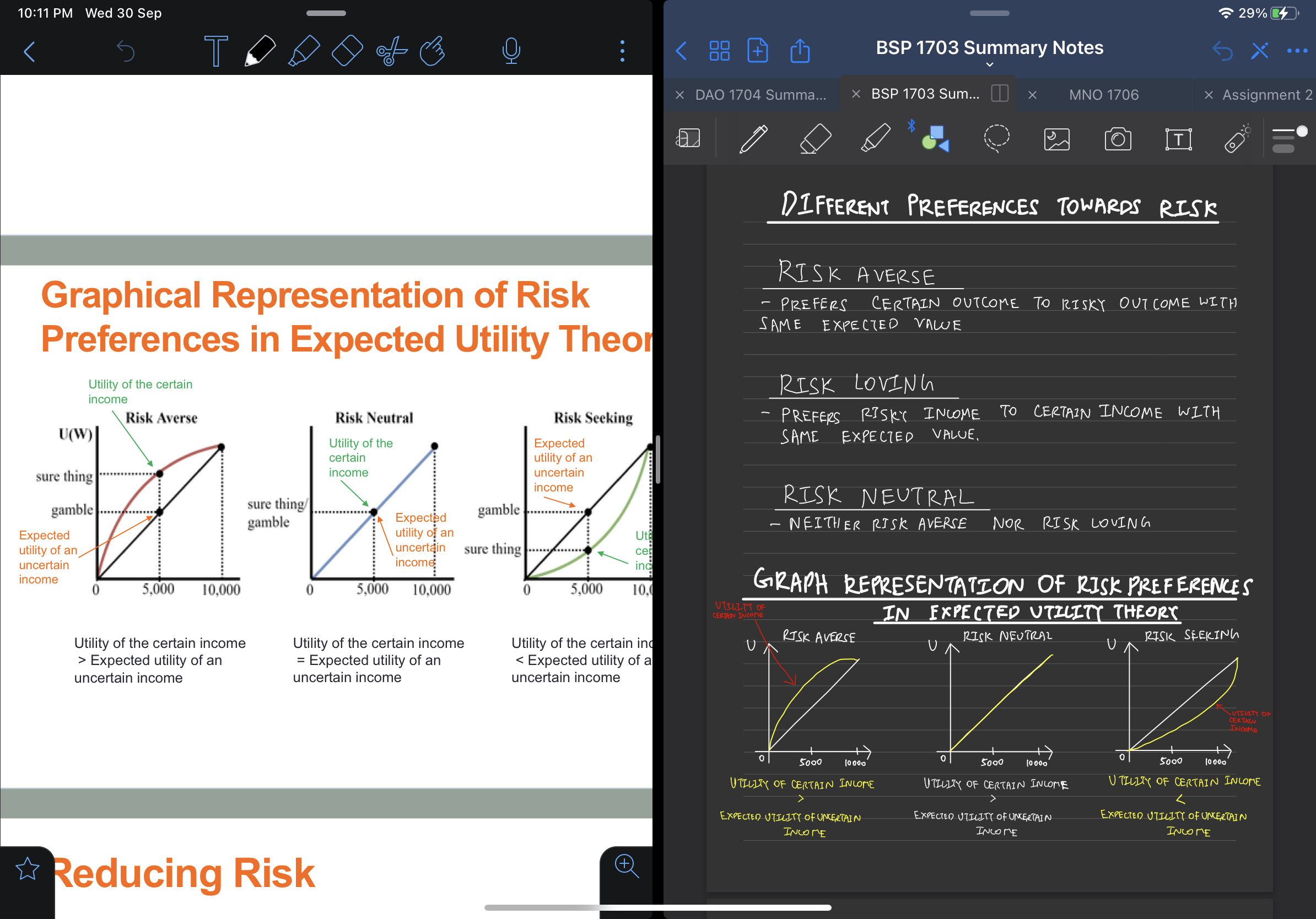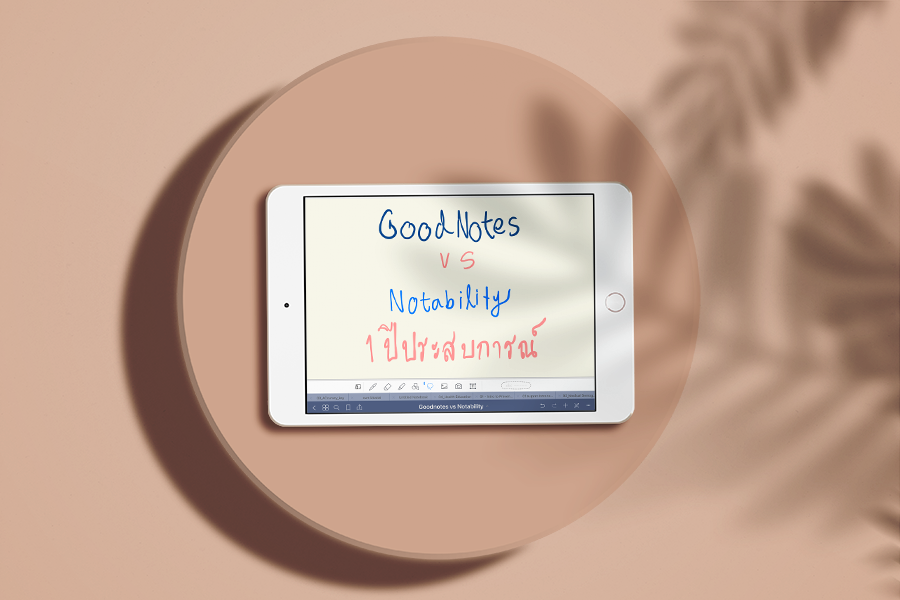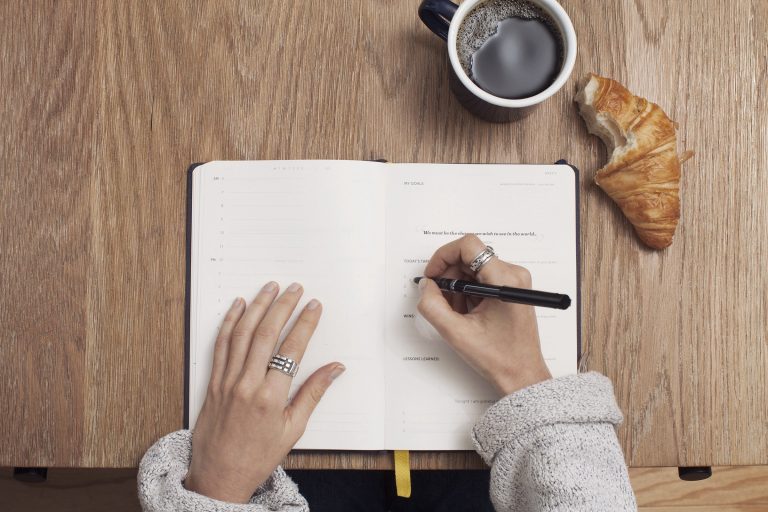

It will automatically push to the right or create a line break when you get to that blue box if you pause in your writing. In Notability, there's a pre-determined and adjustable blue box that appears on the right hand side of the zoom tool for writing longer notes. This experience was never intuitive for me, so I rarely used the zoom tool (and therefore rarely used Goodnotes). When you get close to the end of the line, a little blue box appears on the left which indicates that if you start writing in there, it will shift to that new area and not lose your place. In Goodnotes, you can use the zoom tool to get in there and write a long string of text. Better experience writing longways across the page I use this a lot when I’m in my monthly bullet journal note (which I keep one month in just one note)-because then I can access the main task list and my habit tracker quickly which lives at the top of my bullet journal note. Much like the eraser tool, the lasso tool in Notability is also stroke-based instead of pixel-based, so I only need to worry about "catching" a portion of the word in order to grab the whole word. In Notability, I'm able to use the rectangular lasso tool to select a block of text and move it. A rectangular lasso tool for selectingįrequently, I'll be writing notes and then realize I need more room somewhere. This means if I have a word I need to erase, I just need to make sure to select each stroke of the word instead of having to erase every pixel of the word (like in Goodnotes). This is a personal preference, but I really like how Notability uses a stroke-based eraser. A stroke-based eraser (instead of pixel-based) Because of the 12 choices, I know exactly which ones they are, and I don't have to worry about using a slider to approximate the pen size whenever I switch tools.

In terms of pen sizes, I really only use one pen size, and maybe two highlighter sizes. This is great, because I like having "my colors" readily available-but I don't like to approximate them. Then I can quickly add my new task for the day (or for the month) and then swipe back to my original note document.

I'm able to simply swipe from the left to see a list of my recently edited notes, and choose my bullet journal log for that month. Notability allows for fast switching between notes by swiping in from the left.Ī lot of times, I'll be taking notes in a work meeting and then suddenly be assigned a task.
Notability vs goodnotes 5 password#
So since I can password-protect my Journal subject but leave the other subjects unlocked, it's a lot easier for me to use Notability for daily tasks like note taking and bullet journaling, and then only have to enter my password when I want to read or write in my journal (instead of having to type in my password whenever I opened Notability in general). I use this for my handwritten journal (like of the Dear Diary variety).īy the way-I recently made the switch to write in my journal versus using the type-based app I've been using for years (Day One), and I love it! Handwriting my thoughts daily is a lot more powerful for self-reflection, and it helps me to slow down and think about what I'm saying moreso than when I would rapid-fire type a stream of consciousness and try to hit a prefabricated word count of 500 (like, why does that even matter anyway?).

If you have sensitive notes, you can choose to password protect those notes or subjects.


 0 kommentar(er)
0 kommentar(er)
